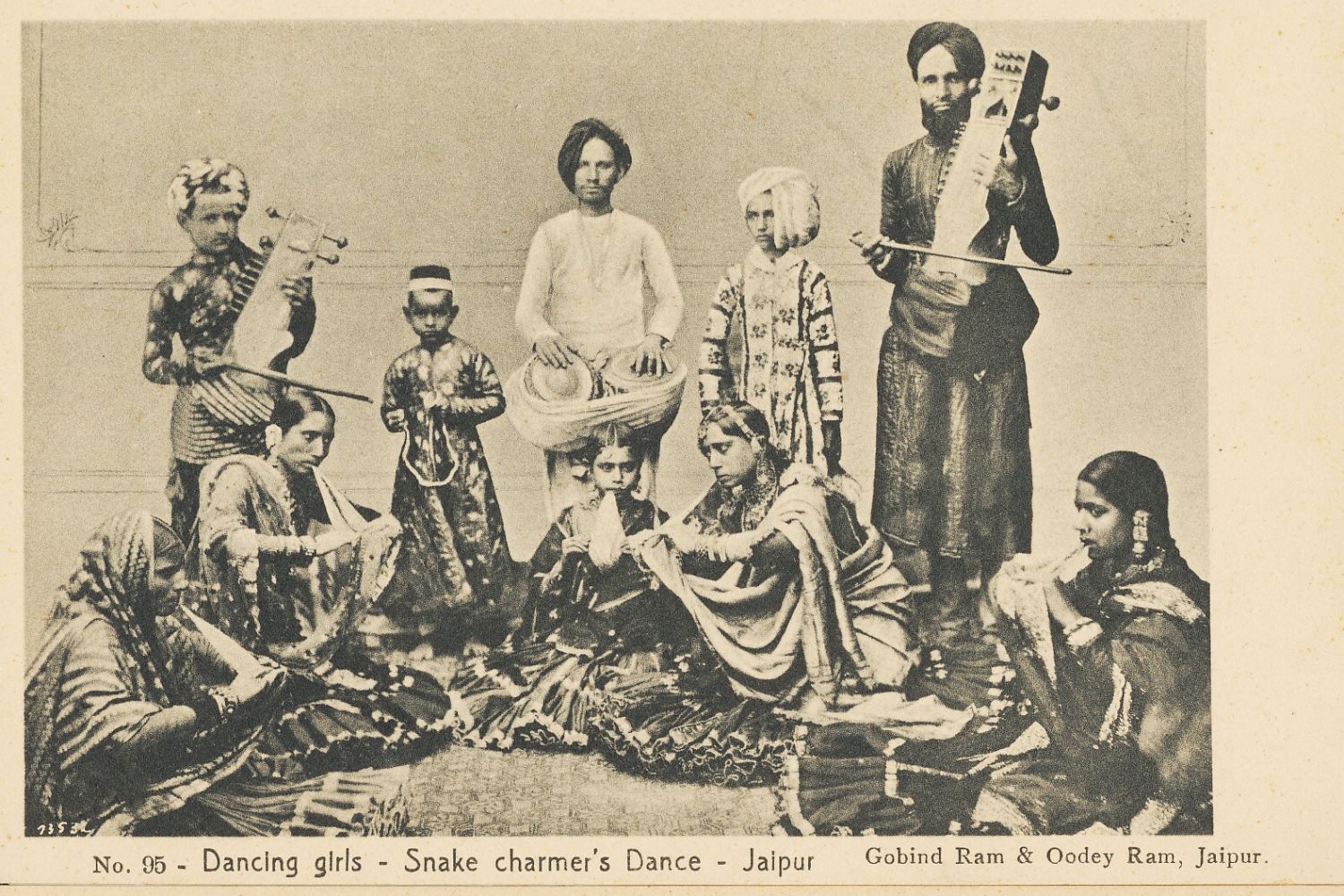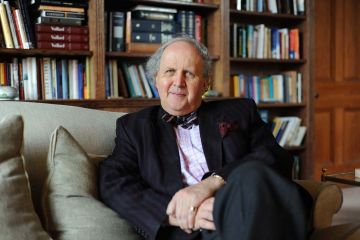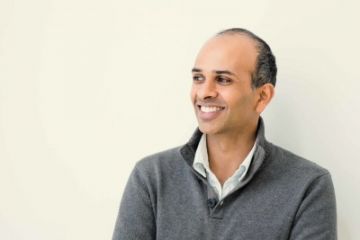
India has always been
the enchanted land, a universe in itself with its unique set of customs,
practices and people. Performance magic, whether it is by the juggler,
illusionist or the contortionist, has its earliest roots in the subcontinent
and much of modern magic owes its origins to the jadoowallah from the
East.
Fantastical tales of
men and beast make their way into historical accounts going back 2,300 years.
Native accounts like the Jataka Tales or the Atharva Veda mention the
m





